Knitting articles by Donna
Lithuania’s History: Textiles Through Time, part 1
Here’s another sneak peek into my book about Lithuanian knitting…
Thinking and reading about history is one of my favorite pastimes. Over the past few years, I must have read at least twenty books and hundreds of articles about the history of Lithuania and its neighboring states. Although the topic intrigues me to no end, it often seemed like none of the facts I was learning pertained to knitting. But the history of a country is actually directly related to the development and evolution of folk art, including home production of textiles and the use of traditional motifs in weaving, embroidery, and, yes, even knitting. So let’s take a tour through the history of Lithuania with an eye for how various periods have impacted the development of textiles, in general, and knitting, specifically.
Pre-history. History starts with the introduction of writing, but textiles were around long before the written word and this is as true in Lithuania as elsewhere. We can learn a lot from examining the physical remains of everyday items that people left behind centuries and even millennia ago. To knit, you need yarn, and as early as 4000 BC, Lithuanians (or, more specifically, their Baltic tribal ancestors) were spinning yarn from linden bast fibers to make fishing nets.

Wool and linen were the most important fibers for clothing and household textiles. Linen, because it is so difficult to process and took up so much of women’s time, became a central part of Lithuanian culture, rural society, and mythology. The “suffering of the flax” is a common theme in folktales and songs, and rituals surrounding the cultivation and harvesting of flax and the production of linen were built into the annual cycle of life. Even laumes, mythological fairy-witches of the Lithuanian countryside, were said to spin and weave with linen, and they took special interest in this area of women’s work in the community. If a woman who is spinning calls the laumes, they may come to help her, but they may end up spinning her guts and veins, in addition to flax. There are rarely happy endings in these mythological encounters. The realm of laumes is dangerous, just like Faerie, in Ireland. (I’m working on an entire chapter about flax and linen in Lithuania.)
Wool was used in Lithuania when sheep breeds were still primitive and fiber was plucked or combed from molting sheep and wool was spun in a worsted style, which created strong, if not especially soft, yarns. It was only later that domestic sheep stopped shedding their wool in springtime and shearing became a necessary part of shepherding and carding–which causes the wool fibers to be arranged in a more fluffy orientation, and creates a softer, but weaker, yarn–came into use. In fact, the wool from Lithuanian sheep breeds is quite coarse, and worsted yarn was spun to knit and weave sturdy, if not cuddly, accessories. In many cases, knitted and woven wool items were also fulled (or felted) for extra warmth and endurance. In times of poverty and when everything is made by hand, longevity is often a more important consideration than comfort. (My co-author, June Hall, is writing a chapter on sheep and wool in Lithuania.)
 Spinning is a connection that transcends language, culture, and geography. Spinners share in a community that spans oceans and national boundaries, binding people together the way fibers are bound together in yarn. And yet in many places, spinning also provides a way to celebrate individual cultures. The tools used, the fibers spun, and the traditions passed down from grandmother to mother to daughter, serve to remind spinners of their heritage and national identity. This is the case in Lithuania. A woman’s status and prestige was based on her ability to spin fine yarn, and her dowry was largely the result of her own labors in spinning, weaving, and in later times, knitting.
Spinning is a connection that transcends language, culture, and geography. Spinners share in a community that spans oceans and national boundaries, binding people together the way fibers are bound together in yarn. And yet in many places, spinning also provides a way to celebrate individual cultures. The tools used, the fibers spun, and the traditions passed down from grandmother to mother to daughter, serve to remind spinners of their heritage and national identity. This is the case in Lithuania. A woman’s status and prestige was based on her ability to spin fine yarn, and her dowry was largely the result of her own labors in spinning, weaving, and in later times, knitting.
Spinning and weaving, especially with linen, are recognized as important elements in Lithuanian culture and are featured prominently in museum exhibits around the country, as well as in live demonstrations at crafts festivals.
The Lithuanian National Museum in Vilnius has had some very interesting exhibitions on display during my visits. On permanent display in the Senasis arsenalas (Old Arsenal), is the National Museum’s archeology exhibit, “Prehistoric Lithuania.” The ehxhibit includes information about spinning and weaving spanning from the 11th c. BC when the first inhabitants settled in the region to the 13th c. AD, when the Grand Duchy of Lithuania was established. The collection features many spindle whirls and tools for processing wool and flax, as well as fragments of ancient fibers and fabrics. Spindles have been used in Lithuania to spin linen and wool, as well as whatever other fibers might be available, since the late stone age. Spindle whorls made of stone, clay, and amber have been found in ancient women’s burial sites around the country; the wooden shafts and fiber long since disintegrated. Lithuanians used low-whirl drop spindles with long, tapered shafts and small whorls shaped like donuts secured in a notch near the bottom of the shaft. Reproductions of clothing found at archaeological sites around the country are on one side of the exhibit hall, and on the other side are the contents of graves from the same sites and time periods. Although difficult to find, around the corner from the main museum with the entrance in the courtyard, not on the main road, this exhibit is not to be missed. (If you can’t get to Vilnius, check out the Exhibit Guide, Prehistorical Lithuania, available in English.)
Here are a few pictures I snuck in the museum that, for obvious reasons, will not be in the book! Items on display include fragments of cloth and sewing thread, scissors, patterned woven sashes, weaving weights, spindle whorls, thimbles, and sewing needles. (Click on each thumbnail to see more and zoom in.)
The caption’s English translation reads:
Trades in the 1st-13th centuries.
SPINNING AND WEAVING were an essential part of life for every woman. Threads were spun with paddle spinning frames, the spindles of which are very often found in the graves of women. Lighter spindles were used to spin thicker, looser thread, while heavier spindles were used to spin thinner, denser thread. Material was woven with vertical or tilted looms. Only the counterweights for stretching the warp are found. Faxen material was not dyed, only bleached, while woolen material was usually dyed. It is simpler to make cloth with two heddles by means of vertical looms, but cloth with three and four heddles, the so-called strip-type, was also made in this way.
Naalbinding: Precursor to Knitting.
For those lucky enough to be in Vilnius in early July, a day trip to the Days of Living Archaeology at Kernavė is a must. Like a whimsical Renaissance Faire but based on the actual history and pre-history of Lithuania, the festival is held one weekend each year at a UNESCO World Heritage site. Along with demonstrations of pottery, metalwork, and other traditional traditional crafts, the festival offers a selection of authentic Lithuanian foods, concerts by Lithuanian folk groups, and the obligatory medieval battle reenactment.
For me, the best part of the Kernave festival, as well as other craft fairs and folk art festivals in Lithuania, is the demonstrations of fiberarts including spinning, weaving, felting, and naalbinding, which was a form of knitting or crochet done with a bone sewing needle. The simplest naalbinding stitch looks just like knitted fabric, while other more complex stitches more closely resemble crochet. In all cases, naalbinding is more time consuming than either knitting or crochet, and very tedious to rip out should you make a mistake. The reproductions of 9th-century shoes in the photo above are made with a naalbinding technique. In the 19th century, knitting and crochet replaced not only this technique, but also some complex lace-making techniques, around Lithuania. Although we sometimes mourn the loss of more ancient techniques, it’s really no surprise that women who had no choice but to make all of their family’s clothing and household textiles by hand would be thrilled to discover faster, easier techniques to complete some of the more tedious tasks.
Symbols.  It’s not only early tools that we can learn about from archaeological sites and artifacts. There’s also a story hidden in the symbols and motifs used to decorate these items, although we can only guess at the precise meanings that the symbols may have held for their creators, since they did not leave a record of their thoughts in writing. Although very few fragments of cloth survive, mainly those that were protected by bronze ornaments, the motifs found on stone, metal, and clay artifacts reappear though time on wooden and textile pieces as well. From stone carving and bronze jewelry to wooden shrines and weaving patterns, the same motifs appear over and over again until they finally find their way onto knitted accessories. Lithuanian symbols are closely tied to nature, with the earliest designs being represented as small, geometric patterns, and newer motifs becoming more and more pictorial over time. Recurring motifs include celestial objects, plants and flowers, birds, and a few reptiles and mammals.
It’s not only early tools that we can learn about from archaeological sites and artifacts. There’s also a story hidden in the symbols and motifs used to decorate these items, although we can only guess at the precise meanings that the symbols may have held for their creators, since they did not leave a record of their thoughts in writing. Although very few fragments of cloth survive, mainly those that were protected by bronze ornaments, the motifs found on stone, metal, and clay artifacts reappear though time on wooden and textile pieces as well. From stone carving and bronze jewelry to wooden shrines and weaving patterns, the same motifs appear over and over again until they finally find their way onto knitted accessories. Lithuanian symbols are closely tied to nature, with the earliest designs being represented as small, geometric patterns, and newer motifs becoming more and more pictorial over time. Recurring motifs include celestial objects, plants and flowers, birds, and a few reptiles and mammals.
One important material used in Lithuanian folk art is wood. Spinners used wooden distaffs to hold their fiber, freeing both hands for drafting and keeping the spindle spinning. The distaff was often on a long stick attached to the spinner’s belt, giving her freedom to move about. Later, distaffs were permanently attached to spinning wheels, and those who spin today continue this technique, winding their fiber around the distaff, and drafting downward, pulling fiber toward the orifice in a vertical motion. Lithuanian distaffs were always elaborately carved and decorated with folk-art designs that incorporated ancient pagan symbols and are valued today as important cultural remembrances.
 Some twentieth-century knitting also feature medieval-style Lithuanian motifs such as castles and knights. Although these are quite interesting and beautiful pieces of handicraft, they are not traditional folk art designs and may even have been worked from printed patterns (although it’s unclear if such patriotic patterns would have been publishable in Soviet times). They illustrate the importance of the historical story of the Grand Duchy of Lithuania in the Lithuanian Nationalist movement that led to modern Lithuania’s independence twice (in 1918 and again in 1990).
Some twentieth-century knitting also feature medieval-style Lithuanian motifs such as castles and knights. Although these are quite interesting and beautiful pieces of handicraft, they are not traditional folk art designs and may even have been worked from printed patterns (although it’s unclear if such patriotic patterns would have been publishable in Soviet times). They illustrate the importance of the historical story of the Grand Duchy of Lithuania in the Lithuanian Nationalist movement that led to modern Lithuania’s independence twice (in 1918 and again in 1990).
I sometimes wonder how long it will take until the things we create today are considered antiques or even folk art. I guess there’s a “100-year-old” definition that makes something an antique, but we can only guess how archaeologists in the far future will view the projects that we make today and, depending on how much of our writings survive into the future, what kinds of guesses they will make about us based on the physical artifacts that we leave behind and those that best survive over time (acrylic garments will last much longer than wool, for example).
Colors also had important significance in early textile designs. Natural shades of wool were used, along with bleached and unbleached linen, and fibers were colored with natural dyes. Wool was probably used in dyed colors before linen, because the animal fibers take dyes much more readily than plant fibers do. (In fact, the Indo-European root word for “dye color” is related to the roots of words for rug and blanket, items that would have been made of wool.) Red, black, and white color schemes have been popular in Indo-European cultures for time immemorial, and this combination of colors would have been “fraught with social and cosmic significance.” (E.J.W. Barber in Prehistoric Textiles, Princeton, 1991).
QUESTION
Would you like to see charts for some Lithuanian medieval motifs included in my book?
Or should I stick to traditional folk-art motifs?
OK. I can’t work on this any more. So you’ll have to wait another post with the next stage in history: The “Discovery” of Lithuania and the Medieval period…










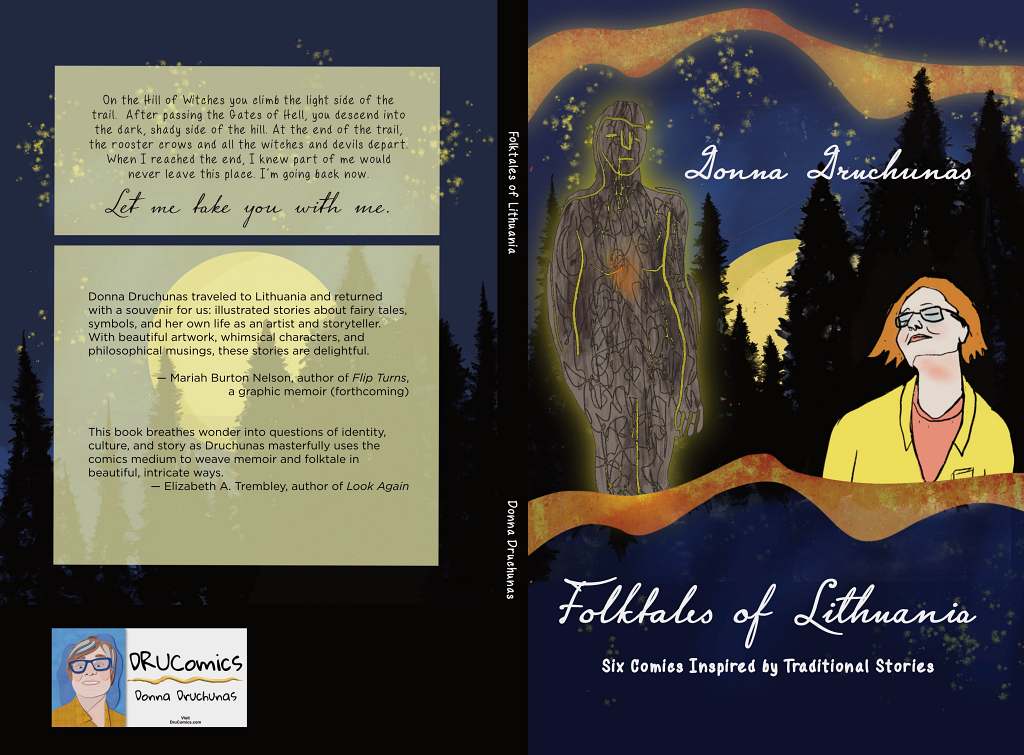


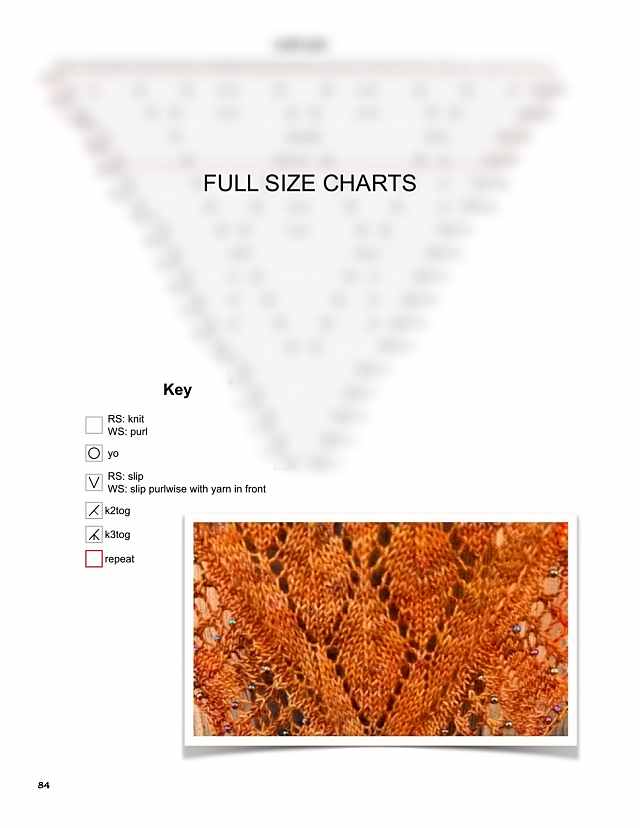




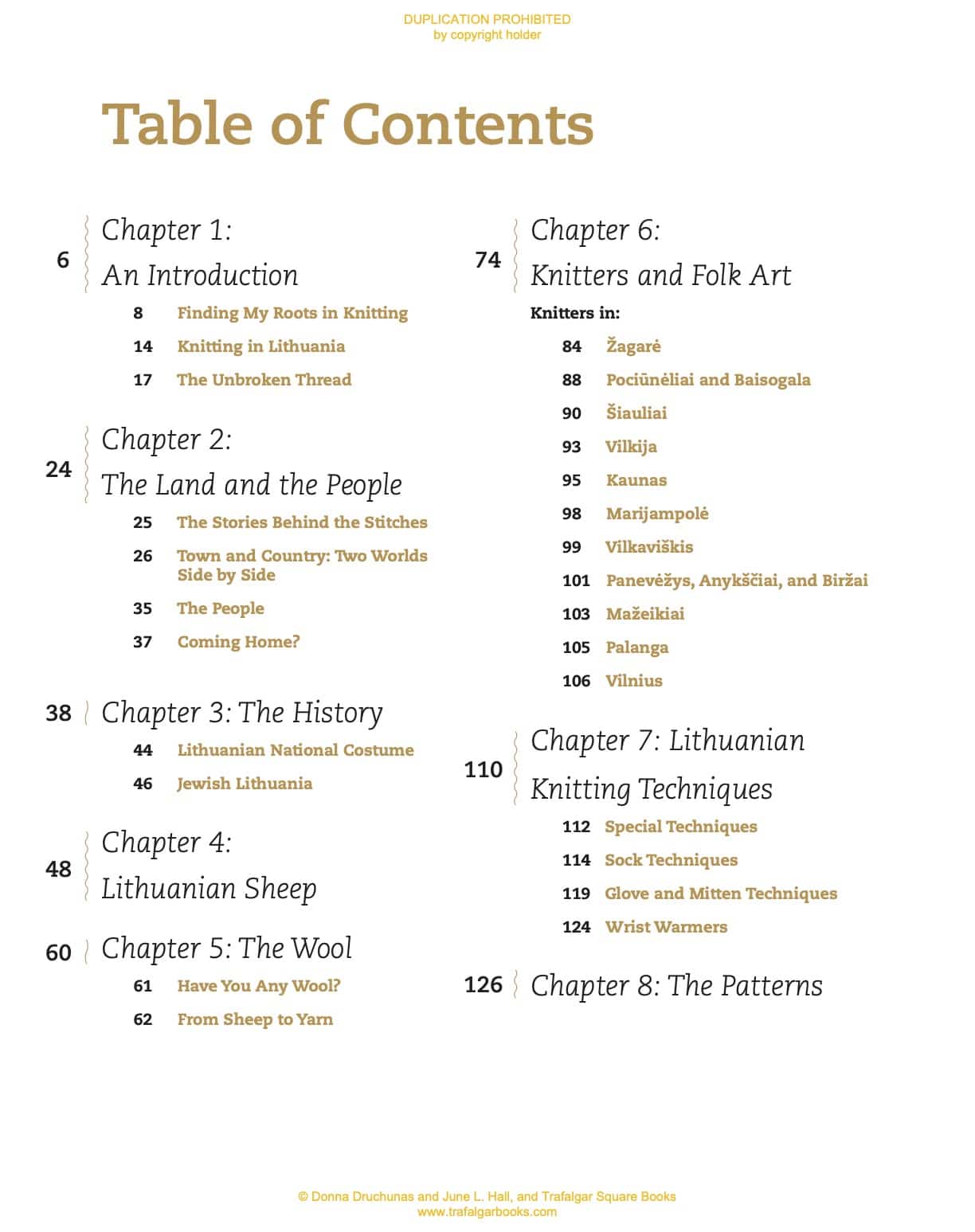


















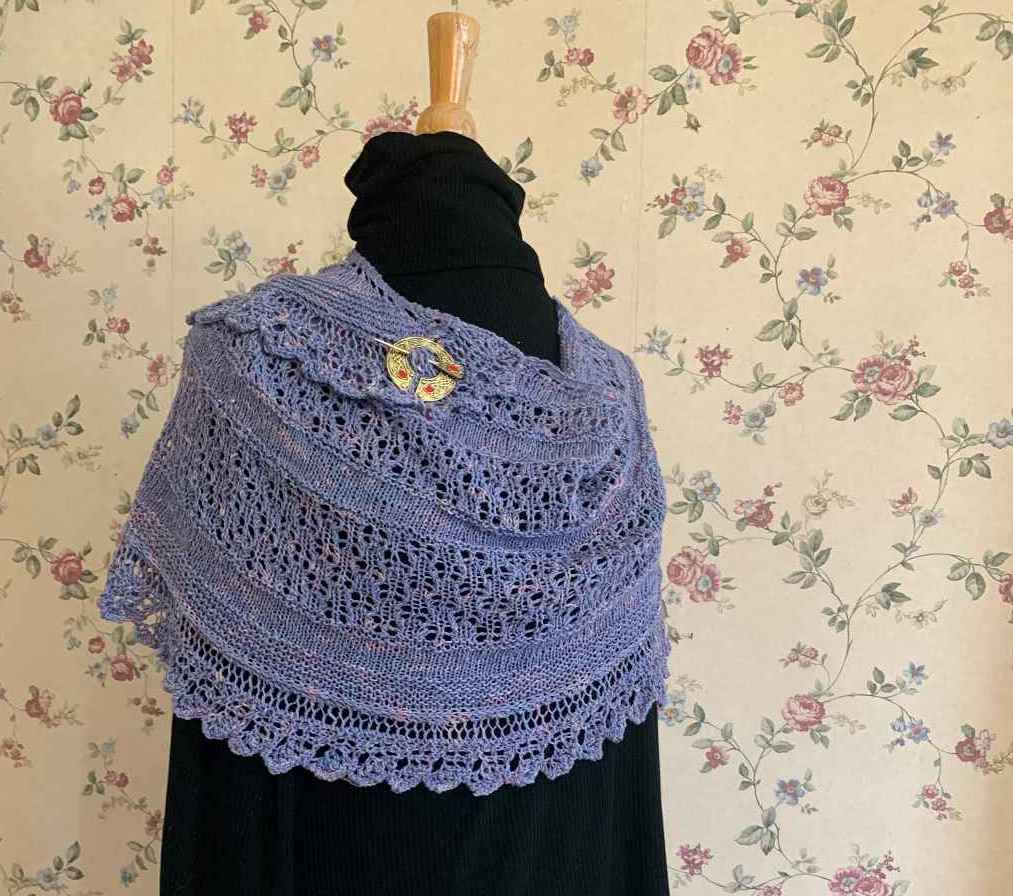







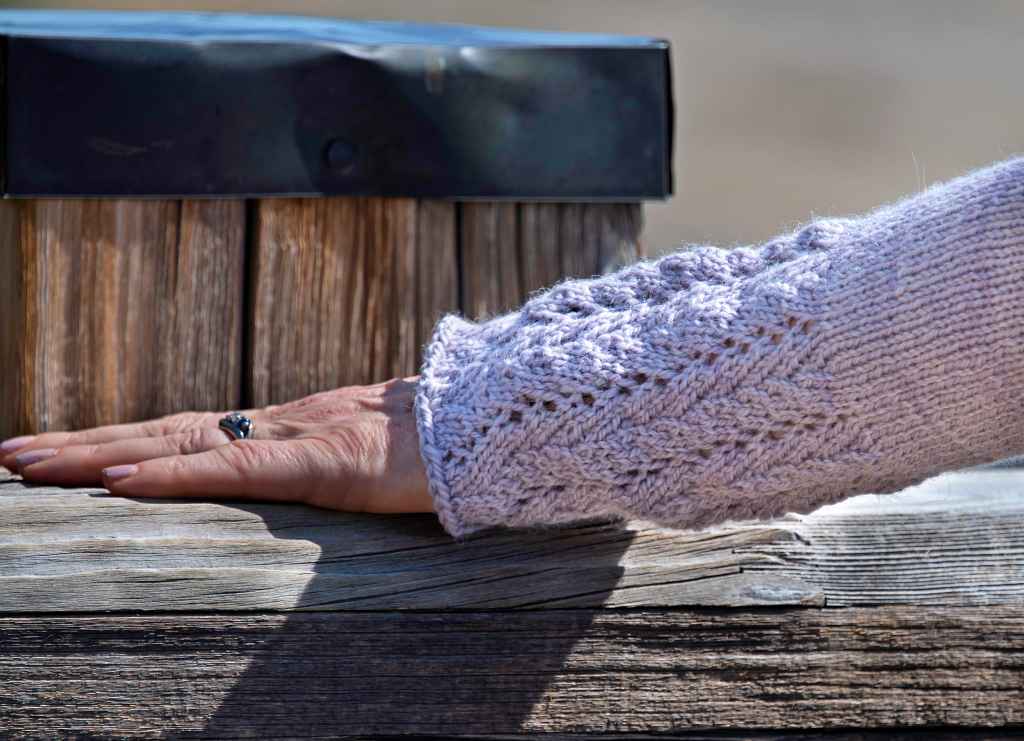










 Experience level – advanced beginner
Experience level – advanced beginner After I finished my Arctic Lace Knitting Book, I finally allowed myself to explore the world of lace knitting and discovered that is is much more varied and elaborate than I could have imagined. Around the world and over time, knitters in different countries and regions have developed unique styles of lace knitting that range from easy-intermediate (like the knitting of the Oomingmak knitters) to advanced-insanely- difficult (like some of the Victorian patterns designed by English knitters). Other lace styles are used in Estonia, Russia, South America, Lithuania, Germany and Austria, and New Zealand. I’m sure there are even more, but these are the styles I’ve explored so far. – Donna Druchunas –
After I finished my Arctic Lace Knitting Book, I finally allowed myself to explore the world of lace knitting and discovered that is is much more varied and elaborate than I could have imagined. Around the world and over time, knitters in different countries and regions have developed unique styles of lace knitting that range from easy-intermediate (like the knitting of the Oomingmak knitters) to advanced-insanely- difficult (like some of the Victorian patterns designed by English knitters). Other lace styles are used in Estonia, Russia, South America, Lithuania, Germany and Austria, and New Zealand. I’m sure there are even more, but these are the styles I’ve explored so far. – Donna Druchunas –



 Experience: All skill levels, basic knitting skills required.
Experience: All skill levels, basic knitting skills required. Have you ever wondered why some people can read charts easily and others find them incomprehensible? The truth is, charts are written in a code that can be deciphered by knitters who learn the symbols on the page and in their knitting. Charts do not use arbitrary symbols, but each symbol includes the instructions on how to make the indicated stitch! In this class, you will learn the secrets of interpreting chart symbols for texture and cable stitches.
Have you ever wondered why some people can read charts easily and others find them incomprehensible? The truth is, charts are written in a code that can be deciphered by knitters who learn the symbols on the page and in their knitting. Charts do not use arbitrary symbols, but each symbol includes the instructions on how to make the indicated stitch! In this class, you will learn the secrets of interpreting chart symbols for texture and cable stitches.





















 A mystery knit along (MKAL) is a type of knitting project in which a pattern is released in stages over a period of time, typically a few weeks or months. Each stage of the pattern is released at a specific date and time, and the final design is not revealed until the end of the project. This adds an element of surprise and excitement to the knitting process, as knitters do not know what the finished product will look like until it is complete.
A mystery knit along (MKAL) is a type of knitting project in which a pattern is released in stages over a period of time, typically a few weeks or months. Each stage of the pattern is released at a specific date and time, and the final design is not revealed until the end of the project. This adds an element of surprise and excitement to the knitting process, as knitters do not know what the finished product will look like until it is complete.






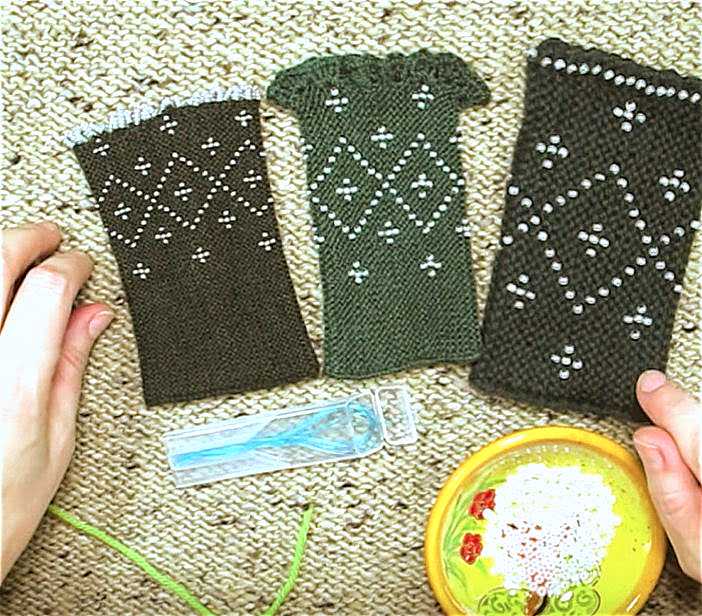







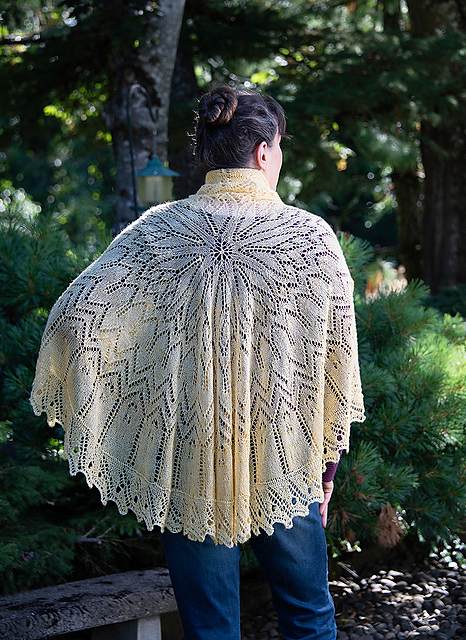
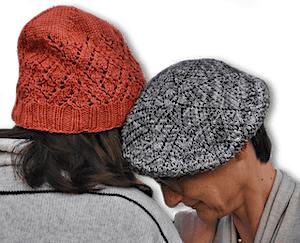










It would be interesting to compare the medieval motifs and the traditional folk-art motifs. Did they influence each other?
The medieval motifs seem to be inspired by European medieval culture in general: knights, castles, coats-of-arms, and things like that. However, they are used in knitting in a way that is based on more traditional knitted pieces. For example, the way the knight is arranged on the back of the hand is reminiscent of the way a snowflake or lilly motif might be used on a traditional folk-art glove design, with a smaller pattern on the rest of the hand and fingers and stripes or a hemmed picot-edge on the cuff.
I’d love to see some of the medieval motifs included in the book, Donna.
Thanks. I think (with a bit of help), I’ve talked myself into including these medieval motifs in the book.
Oh, yes, please include a few medieval motifs in the book. BTW, where is the pre-order signup link? I have set myself a goal to knit everything in this book in the order you present it/them.
24 hours between writing and re-reading/revising
No pre-orders until I turn the manuscript into my editor and get a publication date. I wouldn’t feel right taking money yet.